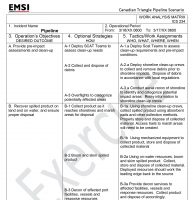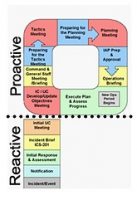ICS Acronyms
Adding to our resource quiver, EMSI is proud to announce that we’ve posted an Incident Command System position acronym job aid to our website. This listing of positions is intended to help incident responders by providing a consolidated catalog of acronyms related to the ICS positions. It is not a …





